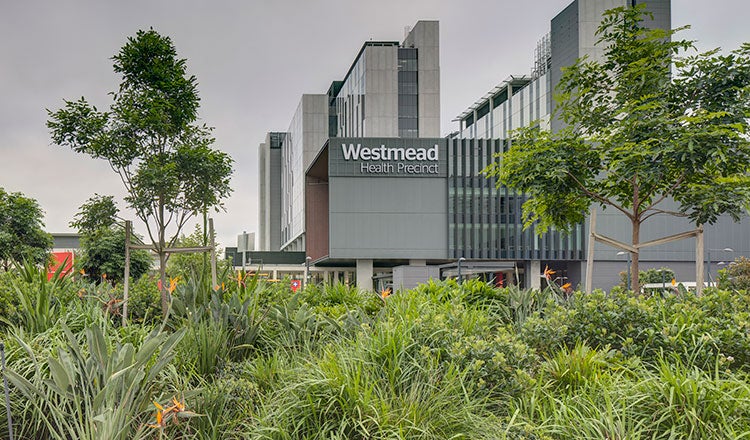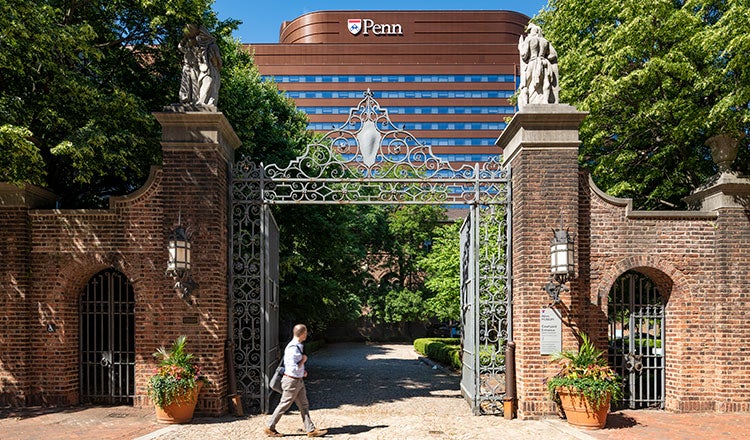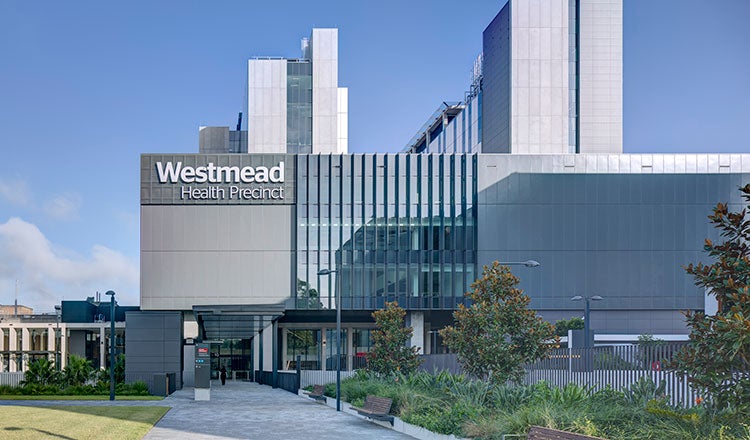
Health Anchors: The Impact of Academic Health Precincts on Communities
Where Research Meets Community
Through their three-pronged mission of providing education, research and care, academic health centers have a profound medical and economic impact on the communities they serve. As this model has gained popularity in recent years, new opportunities have emerged that can drive these synergies and benefits to new levels.
Academic medicine has a long history. It accelerated in the wake of World War II with the rise of federally funded research in the United States. After the introduction of Medicare in the mid-1960s, the clinical enterprise at academic centers began to expand, with further growth in clinical and research activities during the 1980s. An unexpected effect of this expansion was the divergence of the missions of clinical care and research.
The tide began to turn in the 2000s, when prominent research reports underscored the importance of reintegrating research, care and education within academic health systems, with the goal of translating research into better clinical outcomes. Despite remarkable progress over the past 20 years, there remains much room for improvement and growth.

Academic Health Precincts: A Bigger Picture Beyond the Campus
During the 50-year period of constant growth, many academic health sciences centers have been inwardly focused on improving their facilities and campuses, becoming insulated from their surrounding communities. One remedy is to think beyond the traditional campus, adding a focus on active connectivity and partnership with surrounding neighborhoods. Through carefully planned physical integration, academic health precincts can catalyze human and economic transformation.
The Westmead Health Precinct near Sydney, Australia, demonstrates how this model can unite scattered stakeholders in a low-density suburban setting. In 2013, a diverse group of stakeholders formed the Westmead Alliance with the goal of taking collective action to improve community health. A new hospital campus emerged, including significant space for the medical school. The campus is purposefully located to enhance connections with the adjacent research institute, children’s hospital and light rail line. Planning is underway to continue increasing density in the precinct as additional private and public partnerships are established. The design structure aims to increase porosity to improve transportation and pedestrian connectivity. The precinct includes parks and trails that serve as respite areas for staff and pedestrians, blending the campus with the community it serves.

Another example is the Health Sciences Precinct in Trondheim, Norway, anchored by St. Olavs Hospital and the Norwegian University of Science and Technology. To update aging buildings while maintaining its central riverfront location between the university and historic city center, the entire hospital was replaced in phases between 2002 and 2013. The result is a world-class example of a health sciences campus woven into the existing urban fabric. Dense development, packed with mixed-use buildings, spurs active street life. Buildings are designed at a human scale, and a highly porous network of blocks improves sight lines and mobility. This atmosphere attracts top faculty, staff, students and patients — and even the broader public, who visit to enjoy the restaurants and parks. The precinct’s modular planning allows its boundaries and integration with the city to evolve. For example, it currently includes community-oriented facilities such as child care, a hotel, a nursing home, restaurants and several public parks. In 2024, a new center opened at the juncture between the hospital and university, containing a mix of teaching, social and sports training facilities.
The University of California, San Francisco (UCSF) Medical Center at Mission Bay is part of a redevelopment precinct founded by the city in 1998. The redevelopment plan focused on creating a connected, transit-oriented biotech campus in San Francisco. The precinct has ample access to public transportation to foster broader community connectivity, while its facilities are conveniently located to promote pedestrian access, collaboration and knowledge sharing. The final development will include residential, office, biotechnology and retail space alongside a new UCSF research campus, hospital, outpatient services and more. The precinct exemplifies how places of discovery can collaborate with local businesses through the Bay Area Sciences Alliance, which fundraises with and engages local government and the community.

A Long-Term Plan and Partnership
The health precinct concept represents an evolution from a single healthcare campus to a holistic community redevelopment strategy that reinforces innovation and delivery. As true community assets, these precincts stimulate economic opportunity, intellectual curiosity and entrepreneurial social networks, while promoting healthy physical activity and food options.
These precincts create synergistic regional health ecosystems and innovation hubs. Such hubs not only support those who live, learn and work within them, but can also have regional, national and global impact by training a clinical workforce and facilitating scientific advancements. Healthy cities are economically robust because attractive, livable communities help attract and retain an educated and skilled workforce.
When pedestrian-oriented, mixed-use communities are anchored by healthcare, a new type of community emerges — one focused on quality of life, social equity and a strengthened sense of partnership among community members.





